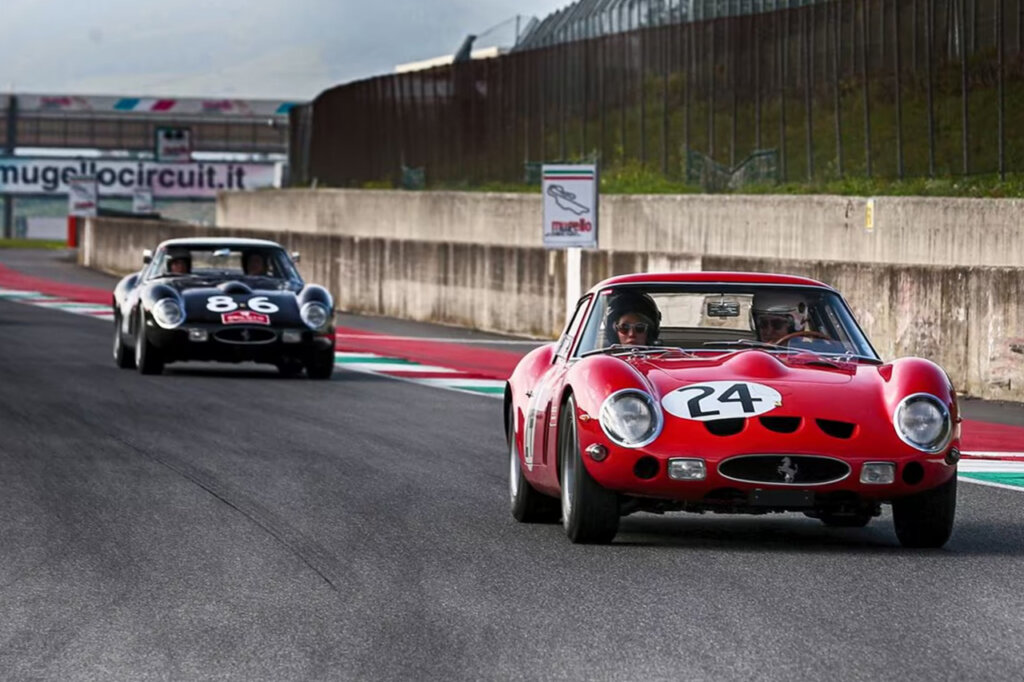
Source: RM Sothebys
The Ferrari 250 GTO, often heralded as one of the most beautiful and iconic cars ever made, remains a symbol of Ferrari‘s commitment to performance, innovation, and design. Produced between 1962 and 1964, the 250 GTO was a car built not just for the road, but for the racetrack. Its creation marked a significant milestone in automotive history, blending engineering prowess with artistic elegance. The 250 GTO’s storied past is not only a testament to Ferrari’s dedication to excellence but also a fascinating narrative filled with intrigue, racing glory, and automotive brilliance.

Source: Ferrari
The 250 GTO, born out of a desire to dominate the Group 3 Grand Touring Car category in the FIA (Fédération Internationale de l’Automobile) racing regulations. The acronym “GTO” stands for “Gran Turismo Omologato,” Italian for “Grand Touring Homologated.” The term “homologation” refers to the process of certifying a vehicle for competition by producing a minimum number of units. Ferrari needed a car that could excel on both the racetrack and the road, and the 250 GTO was their answer. Enzo Ferrari, was determined to create a car that would outshine the competition, particularly against the likes of Jaguar and Aston Martin, so Giotto Bizzarrini, a talented engineer played a pivotal role in the car’s development.

Source: RM Sotheby’s
The car’s long, low hood, rounded fenders, and distinctive front grille give it a timeless elegance. The design was not only aesthetically pleasing but also functional, with every curve and line serving a purpose in enhancing the car’s performance. Under the hood, the 250 GTO was powered by a 3.0-liter V12 engine, known as the Tipo 168/62 Colombo V12. This engine produced an impressive 296 horsepower at 7,500 rpm and 216 lb-ft of torque at 5,500 rpm paired with a five-speed manual transmission.

Source: RM Sotheby’s










2 Responses
The Beauty comes from the sound of the Gioacchino Colombo designed V12 engine.
Bolisimo!